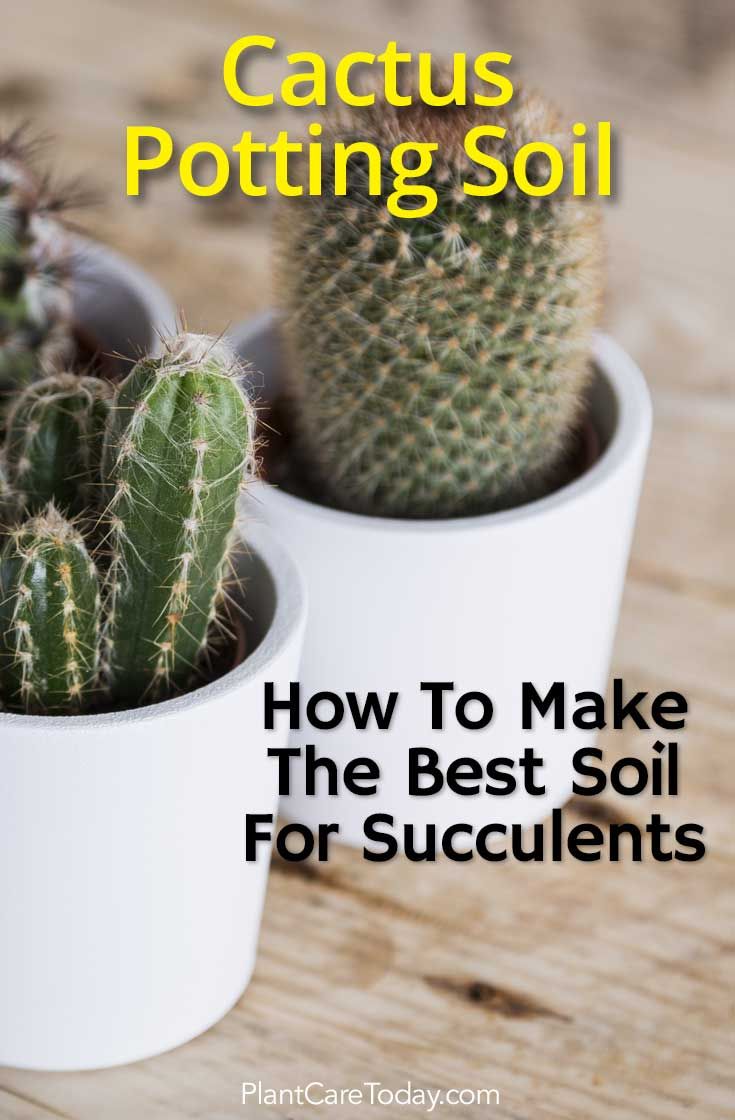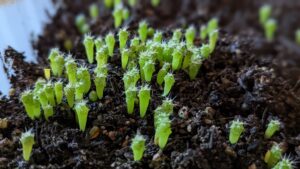When cultivating cacti, one must pay particular attention to the interplay of container choice and soil composition. Each element plays a crucial role in the overall health and exuberance of these resilient succulents. For a successful cactus garden, selecting the appropriate vessels and crafting an optimal soil mix is paramount. Here, we delve into the best practices for both, ensuring that you provide your cactus with the conducive environment it requires to thrive.
Understanding Container Selection: The Best Material for Cactus Pots
Choosing the right container is fundamental. Cacti have unique needs, and their vessels must accommodate these well. A paramount consideration is drainage. Excess moisture can lead to root rot, a common affliction in succulent care. Therefore, selecting pots with adequate drainage holes is essential.
The material of the pot influences not just aesthetics but also the plant’s health. Terra cotta pots are among the best options for cacti. They are porous, allowing for good air circulation and moisture evaporation. This air exchange is crucial, as cacti prefer drier conditions. Moreover, they help regulate temperature fluctuations, which can be beneficial for these sun-loving plants.
Plastic pots are another viable option. While they retain moisture longer than terra cotta, they are lightweight and often more affordable. If you opt for plastic, make sure they have ample drainage holes to mitigate the risk of overwatering. Another alternative is ceramic pots, which can also be effective but ensure they have a drainage system in place. The aesthetic appeal of ceramic is undeniable, yet moisture management should remain a priority.
Container Size Matters: Striking Proportions for Optimal Growth
The size of the container is equally important. Cacti thrive when slightly root-bound; therefore, it is advisable to choose a pot just a few inches larger than the root ball of the plant. This close fit encourages the development of a robust root system without the risk of excess moisture accumulating in a too-large pot. As a general rule, for smaller cacti, pots should be about 4-6 inches in diameter, while larger cacti will require appropriately scaled-up containers.
For clusters or arrangements of cacti, consider using wider, shallow pots. These allow for communal growth while still providing individual space for each plant. However, ensure that cross-contamination or excessive moisture gathering isn’t a concern; mixing varieties with different watering needs can complicate care.
The Unsung Hero: Soil Composition for Cactus Health
Once the container is selected, attention must turn to soil. The appropriate soil mix can significantly impact the vitality of your cactus. Cacti require well-draining soil that mimics their native arid environments. A standard potting mix is insufficient; it may retain too much water, risking root decay.
The ideal cactus soil should include components like coarse sand, perlite, or pumice. These materials facilitate drainage and air circulation around the roots. A popular blend comprises two parts potting soil, one part coarse sand, and one part perlite. Such mixtures ensure that moisture is quickly expelled while retaining enough nutrients for growth.
For specialized needs, consider crafting variations of the traditional mix. For instance, if your cactus requires enhanced drainage, increasing the proportion of perlite or pumice can effectively meet this demand. Conversely, if enhancing nutrient content is your goal, incorporating a small amount of compost or worm casting can provide the necessary sustenance without compromising drainage.
Considerations for Amendments: Enhancing Soil to Fit Your Cactus
While achieving the right balance in your soil is vital, amendment options exist to help cater to specific cactus varieties. Some may benefit from the addition of charcoal, which helps to neutralize odors and improves drainage. Additionally, stone grit can be added for those species requiring extra aeration.
It’s important to recognize that not every cactus is created equal. Different species have varying requirements and tolerances to soil moisture and nutrient composition. Researching your specific cactus type will provide the necessary insight into how you should prepare your soil and pot combination.
Caring for Your Cactus Post-Planting: Essential Maintenance Practices
With the right container and soil, the next step is to ensure proper care after planting. Position your cactus in a location that offers ample sunlight. Most cacti thrive in bright, indirect light but may require some direct sunlight depending on the species. Regularly monitor moisture levels, as overwatering is often the downfall of even the most seasoned cactus growers.
Watering should be performed thoroughly but infrequently. Allow the soil to dry out completely between waterings, and adjust your regime based on seasonal changes. During winter months, growth slows, necessitating less frequent hydration.
In conclusion, successfully cultivating cacti hinges on a nuanced understanding of container choice and soil composition. By selecting the right pots that facilitate drainage and air circulation, coupled with an optimal soil mix that emulates their natural habitats, gardeners can ensure their prickly companions flourish. Taking the time to consider each element carefully will result in vibrant, healthy plants that stand as a testament to your diligent care.





Leave a Comment